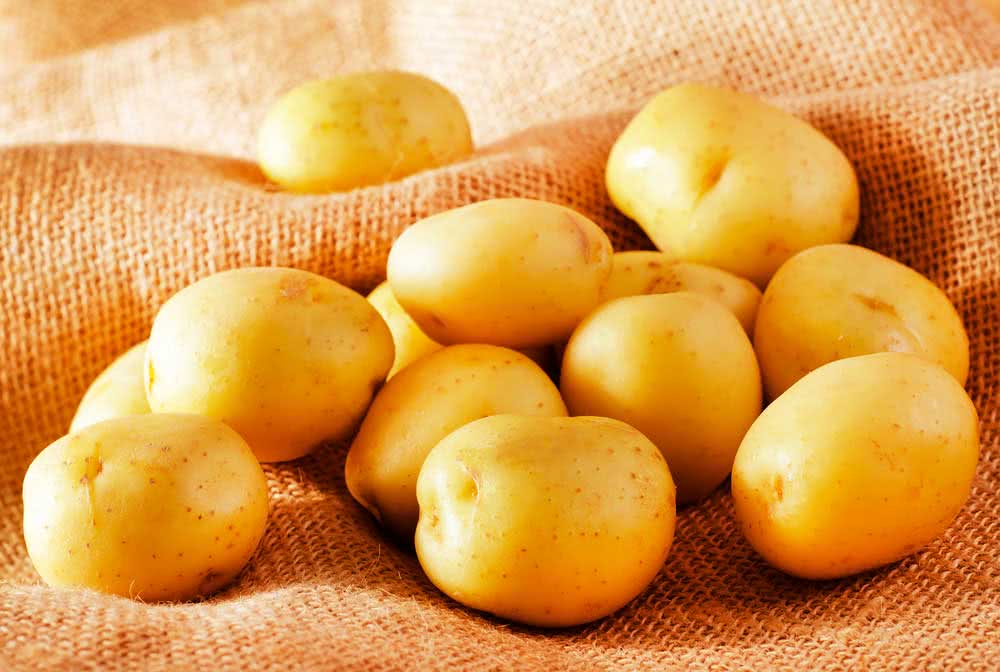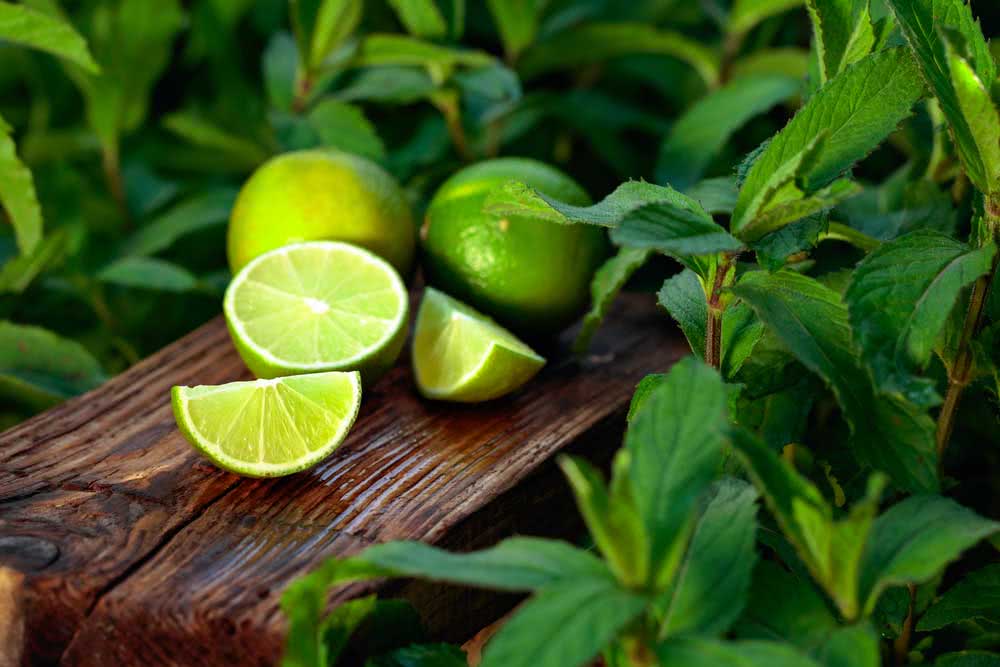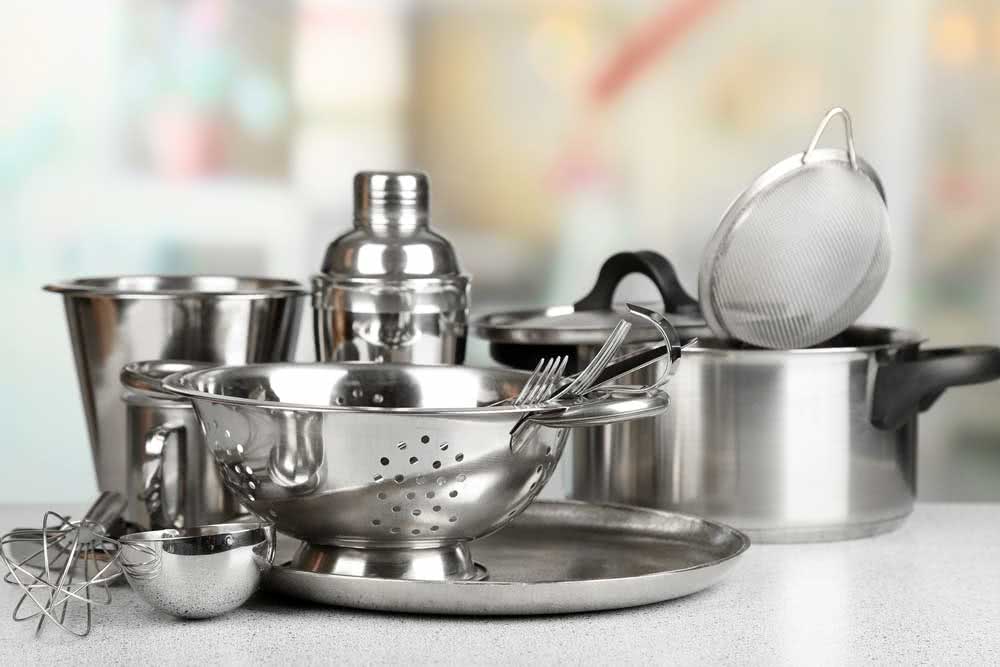Although more resistant, stainless steel can show rust stains over time.
And let’s agree on something? Nobody wants to see the stainless steel refrigerator, stove or microwave attacked by rust.
What to do then? How to remove rust from stainless steel? We tell you everything in this post. Come and see!
What causes rust on stainless steel?
Stainless steel is a type of steel mixed with iron, chromium and other ores that, at the end of the production process, receives a film that protects it from oxidation.
However, this film can have small flaws where the rust can penetrate and cause the dreaded brownish orange stains.
In addition to this natural characteristic of stainless steel, there are other factors that can contribute to the appearance of stains, such as the temperature of the place where you live, especially in coastal regions, where the combination of high temperatures, humidity and salinity provide the ideal conditions for rust spots.
It is also important to note the types of chemicals used in cleaning stainless steel. Some of them (we will talk more about the subject below) are prohibited and should be avoided at all costs, as they can speed up the oxidation process of stainless steel.
The lack of cleaning is another factor that potentiates the appearance of rust in stainless steel. The longer without cleaning stainless steel surfaces, the more likely stains will appear.
How to remove rust from stainless steel

Now that you know how rust stains appear on stainless steel, learn how to remove them safely and conveniently.
Sodium bicarbonate

Of course, baking soda could not be missing from that list. The product is a wildcard in household cleaning and can be used quietly to remove rust stains on stainless steel.
To do this, just make a paste of bicarbonate with water and spread over the rust stains. Use an old toothbrush or a soft sponge to do this.
Leave the mixture to soak for a few hours (if the rust stains are persistent) and after that time finish cleaning with a soft sponge or a damp cloth.
If the stain is recent, just apply and remove it afterwards. The rust comes out as if by magic.
Vinegar

Another ingredient that cannot be missing in homes is vinegar. Much more than just seasoning the salad, vinegar is a great ally in removing stains, including rust from stainless steel.
This is all thanks to the acidity of the product that reacts with rust and removes stains very easily.
To use vinegar to remove rust stains, do the following: moisten the stained area with a little white vinegar and water. Then, using a soft sponge or cloth, gently rub the area.
If the stain is difficult to remove, soak the surface for a few hours and repeat the process.
Raw Potatoes

You didn `t see it coming! The raw potato has the power to remove rust stains, believe it or not.
The oxalic acid present in the potato is a great cleaning agent. To use this technique you will only need to cut a potato in half and rub it over the rust stain.
To make the process even more effective, add a little baking soda or a few drops of lemon over the stain.
Lemon

Lemon, like vinegar, is a natural rust stain remover thanks to its acidity.
To use this method you must squeeze the lemon juice directly onto the rust stain and then scrub it with an old toothbrush. Ready!
If the stain persists, just soak it for a few hours in lemon juice and repeat the process afterwards.
Rust remover
For difficult and resistant rust stains, the solution is to use rust removers purchased in supermarkets and construction material stores.
A 500 ml bottle of remover costs between R $ 25 and R $ 30, but it lasts a long time. It’s worth the investment.
These products have a stronger formula that ends up eliminating stains completely.
But be careful when handling this type of product, since the substances contained in it are toxic. Follow the manufacturer’s recommendations for use and always wear gloves.
Care in cleaning stainless steel
In addition to using the correct products and techniques, it is also important to take some extra precautions when cleaning stainless steel parts, so you guarantee the durability of the material and its conservation for longer. Check out some more essential tips:
- Always use cold water, at most lukewarm, to clean the stainless steel. Hot or boiling water is harmful to the material, so avoid it.
- Never use rough materials to clean the stainless steel, such as steel sponges, for example. In addition to scratching the stainless steel, these materials can create cracks in the protective film of the steel and end up facilitating the appearance of new rust stains.
- Do not use the rough side of the dishwasher sponge on stainless steel. Use the softest part to avoid scratching or scratching the surface of the appliance.
- It is also not recommended to use chemicals such as bleach, bleach and sapolium, since they contribute to the removal of the protective film from stainless steel and, consequently, increase the chances of the material showing rust. When in doubt, use only neutral detergent, avoiding even multipurpose products.
- After using the methods previously indicated for removing rust on stainless steel, finish cleaning with neutral detergent and water. Apply with a soft sponge and dry with a soft, lint-free cloth.
How to prevent rust stains on stainless steel

After all the work to clean and remove the rust stains from your stainless appliances, you won’t want them to come back will you?
So, write down the tips to avoid new stains:
- Avoid contact of stainless steel with salt. The product contributes to the appearance of stains on the steel surface.
- It is also important to avoid contact of stainless steel parts with common steel, such as steel wool, especially in association with moisture. This connection can cause rust spots on the stainless steel surface.
- Clean your appliances and stainless steel parts constantly, especially those you use most every day, such as the stove. When you finish preparing the food, wipe with a cloth with detergent and then dry everything.
- Do not leave your stainless steel equipment damp or wet for a long time. The humidity is perfect for generating rust stains, so be careful.
- Dust that accumulates on the surface of stainless steel appliances can also cause rust stains. Do constant cleaning so that there is no accumulation of dust.
- In coastal regions, it is recommended to use protective covers over stainless steel appliances to protect them from humidity and salinity.
- It is also worth resorting to the application of products and paints capable of protecting against rust corrosion, saving your electro from oxidation damage.
Tips given and annotated, now you just have to start cleaning and get rid of the rust stains on your stainless steel appliances once and for all.



